
Kanha National Park, located in the central Indian state of Madhya Pradesh, is one of India's largest and most beautiful wildlife reserves. Spanning over an area of around 940 sq km, the park is known for its rich biodiversity and is home to several endangered species, including tigers, leopards, Indian wild dogs, and sloth bears. The park is also famous for its conservation efforts, which have helped to bring several endangered species back from the brink of extinction.
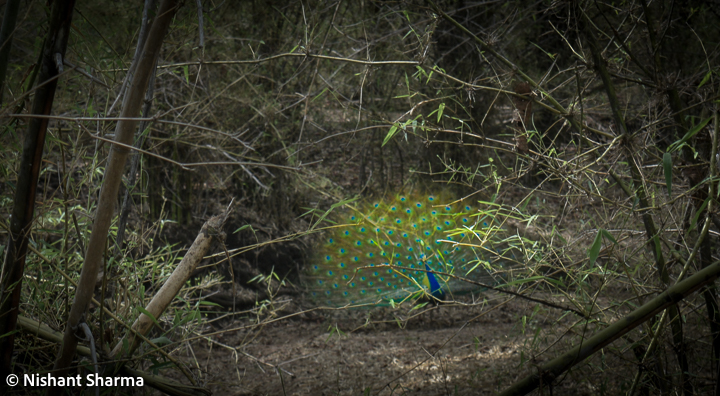
Kanha National Park was created in 1955 and is one of India's first wildlife reserves. The park is nestled in the Maikal Hills of the Satpura Range and is home to several types of ecosystems, including tropical moist deciduous forests, bamboo forests, and grasslands. The park is also home to several rivers and streams, which provide water to the park's inhabitants throughout the year.
One of the main attractions of Kanha National Park is its tiger population. The park is estimated to have around 100 tigers, making it one of the best places in India to spot these majestic big cats. The park's tigers are known for their size and beauty and are a major draw for tourists from all over the world.

Apart from tigers, Kanha National Park is also home to several other species of wildlife, including leopards, Indian wild dogs, sloth bears, bison, and several types of deer. The park is also home to over 300 species of birds, making it a popular destination for birdwatchers.

To explore the park, visitors can go on jeep safaris or elephant rides, which are the two main modes of transportation inside the park. The best time to visit the park is from October to June when the weather is mild, and the park is open to visitors. The park is closed during the monsoon season from July to September.

What's the cost of Jeep Safari at Kanha National Park and how to book it?
The cost of a jeep safari in Kanha National Park varies depending on the season, the duration of the safari, and the zone you want to visit. As of 2023, the cost of a jeep safari ranges from around 5,000 INR to 10,000 INR per jeep, which can accommodate up to six people.
To do bookings for a jeep safari in Kanha National Park, visitors can either book directly through the Madhya Pradesh State Tourism website or through private tour operators. It is recommended to book well in advance, especially during peak season, as the number of vehicles allowed inside the park is limited.
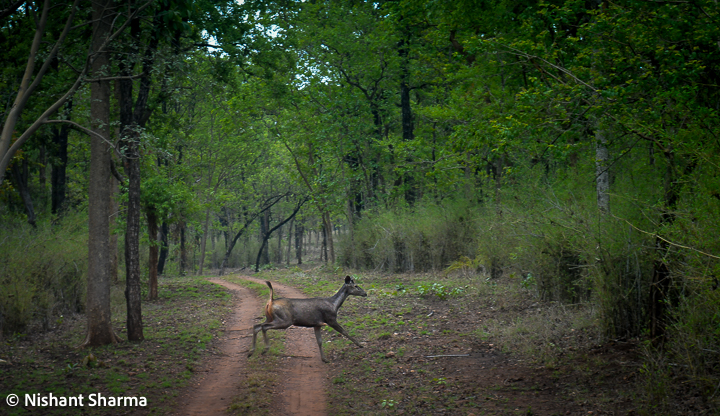
To book through the Madhya Pradesh State Tourism website, visitors can follow these steps:
1. Visit the Madhya Pradesh State Tourism website (www.mptourism.com).
2. Click on the "Online Booking" tab and select "Jeep Safari".
3. Select the park you want to visit (Kanha National Park), the date and time of the safari, and the number of people in your group.
4. Choose the zone you want to visit and the duration of the safari.
5. Fill in your personal details and make the payment online.

Alternatively, visitors can also book through private tour operators, who can arrange for a jeep safari and other activities in and around the park. Some popular tour operators include Pugdundee Safaris, Taj Safaris, and WildTrails India. It is recommended to compare prices and services offered by different operators before making a booking.
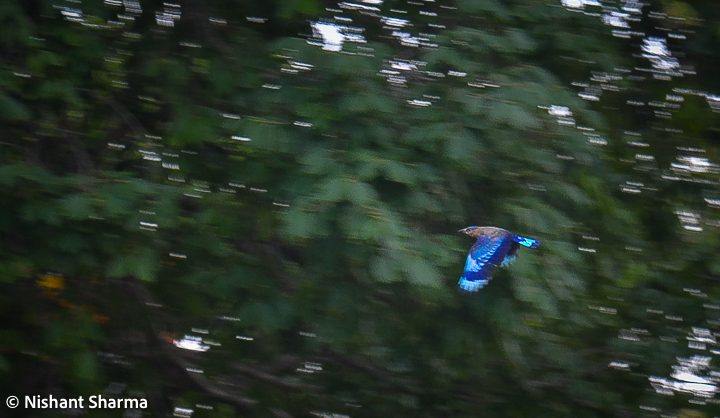
Kanha National Park is a haven for bird watchers, with over 300 species of birds recorded in the park. The park's diverse vegetation, which includes moist deciduous forests, bamboo thickets, and grasslands, provides habitat to a wide variety of bird species. Here are some of the bird species you can spot in Kanha National Park:
Indian Roller: The Indian Roller is a common bird species found in Kanha National Park. It is known for its distinctive blue feathers and its habit of perching on roadside wires and trees.
Junglefowl: The Junglefowl is the national bird of Sri Lanka and is a common bird species found in Kanha National Park. It is known for its beautiful plumage and its habit of foraging on the forest floor.
Crested Serpent Eagle: The Crested Serpent Eagle is a bird of prey found in Kanha National Park. It is known for its distinctive crest and its habit of perching on treetops.
White-rumped Vulture: The White-rumped Vulture is an endangered bird species found in Kanha National Park. It is known for its bald head and its habit of scavenging on animal carcasses.
Black Drongo: The Black Drongo is a common bird species found in Kanha National Park. It is known for its glossy black feathers and its habit of perching on exposed branches and wires.
Red Junglefowl: The Red Junglefowl is a wild ancestor of the domesticated chicken and is found in Kanha National Park. It is known for its colorful plumage and its habit of foraging on the forest floor.
Brown Fish Owl: The Brown Fish Owl is a bird of prey found in Kanha National Park. It is known for its large size and its habit of hunting fish and other aquatic animals.

Kanha National Park is known for its diverse vegetation, which ranges from moist deciduous forests to grasslands and bamboo thickets. The park is spread over an area of 940 square kilometers and is located in the central Indian state of Madhya Pradesh. The vegetation in Kanha National Park can be broadly classified into the following types:
Sal Forests: The dominant vegetation type in Kanha National Park is the Sal forests, which cover around 70% of the park. The Sal forests are composed of trees such as Sal (Shorea robusta), Saja (Terminalia tomentosa), Dhawada (Anogeissus latifolia), and Tendu (Diospyros melanoxylon). These forests are found in the central and eastern parts of the park.
Mixed Deciduous Forests: The mixed deciduous forests are found in the western and southern parts of Kanha National Park. These forests are composed of trees such as Teak (Tectona grandis), Bamboo (Bambusa arundinacea), and Jamun (Syzygium cumini).
Grasslands: The grasslands in Kanha National Park cover around 20% of the park and are found in the meadows and plateaus. The grasslands are composed of grass species such as Chrysopogon fulvus, Saccharum spp., and Themeda spp.
Bamboo Thickets: The Bamboo thickets in Kanha National Park are found in the moist areas of the park and cover around 7% of the park. The dominant species of bamboo in the park is Dendrocalamus strictus.
Riparian Vegetation: The riparian vegetation in Kanha National Park is found along the rivers and streams in the park. The vegetation is composed of trees such as Sal, Palash (Butea monosperma), and Arjun (Terminalia arjuna).

Peacock is a commonly sighted bird species in Kanha National Park. It is known for its beautiful feathers and its majestic display during the breeding season. The male peacock, also known as peafowl, has a distinctive blue-green plumage with long, iridescent feathers on its tail, which it displays in a fan-like shape during courtship.
Peafowl are found in the forested areas and grasslands of Kanha National Park. They are omnivores and feed on a variety of food items such as insects, small mammals, reptiles, and seeds. Peafowl are ground-dwelling birds and are known for their ability to run fast and fly short distances.
During the breeding season, which usually takes place from March to June, the male peacock displays its feathers in a magnificent manner to attract a mate. This display involves fanning out the long feathers on its tail and spreading out its wings to create a beautiful and mesmerizing display. The display is accompanied by a loud call, which can be heard from a distance.
In addition to their stunning beauty, peafowl play an important ecological role in Kanha National Park. They help control the population of insects and small animals, thereby contributing to the balance of the ecosystem. Peafowl are also important prey for predators such as tigers and leopards, which are the top predators in the park.

Neel Gai, also known as the blue bull, is a large and graceful antelope species found in Kanha National Park. It is the largest antelope species in India and is known for its distinctive bluish-grey coat and its long and sturdy legs.
Neel Gai are herbivores and feed on grasses, leaves, and fruits. They are mainly found in grasslands and open forest areas of Kanha National Park. They are primarily active during the day and are known for their agility and speed, which helps them escape from predators such as tigers and leopards.
In addition to their ecological role as herbivores, Neel Gai also play an important cultural role in India. They are considered sacred in some regions and are associated with Lord Krishna, who is often depicted playing the flute while surrounded by Neel Gai.
Neel Gai populations in India have been declining due to habitat loss and hunting. However, conservation efforts in Kanha National Park have helped to stabilize their populations, making the park an important refuge for this majestic antelope species.
Visitors to Kanha National Park can spot Neel Gai while on a jeep safari or while trekking in the park. Watching these graceful animals in their natural habitat is a wonderful way to appreciate the park's rich biodiversity and to connect with nature.
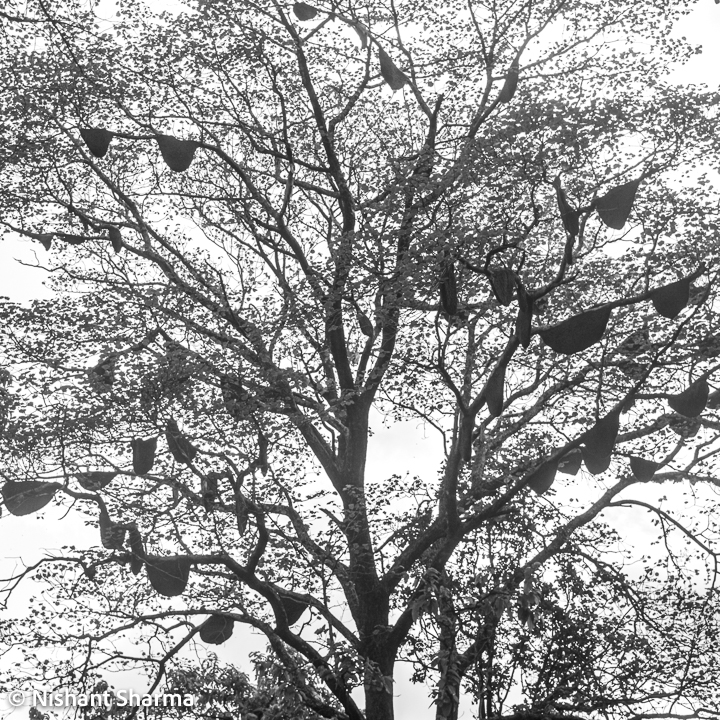
Honeybees are an important species found in Kanha National Park. They are social insects that live in large colonies and play a crucial role in pollinating plants, including many of the park's wildflowers and crops. Honeybees are also known for their production of honey, which is a valuable food source for humans and other animals.
In Kanha National Park, honeybees can be found in various habitats, including forests, grasslands, and agricultural areas. They are primarily active during the day and can be seen foraging for nectar and pollen in flowers. Honeybees are known for their complex social behavior, which involves communication through a dance-like movement to communicate the location of food sources to other bees in the colony.
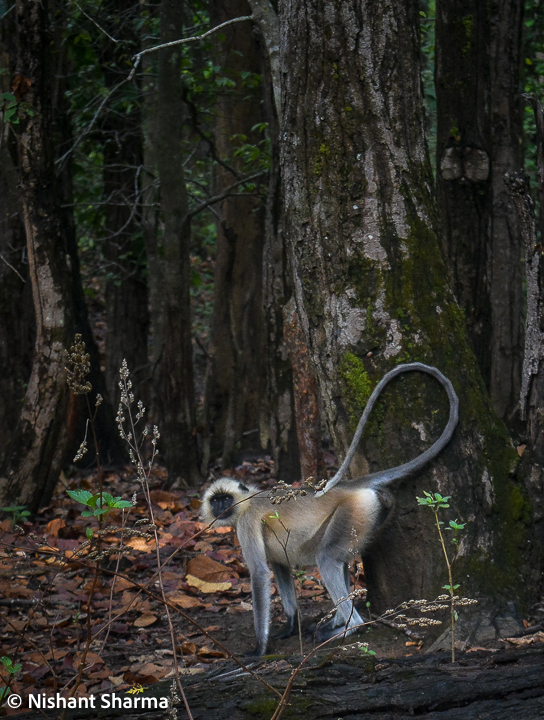
Langurs, also known as Hanuman langurs, are a species of primates that are found in Kanha National Park. They are easily recognizable by their grayish-black fur and long tails, and are known for their unique social behavior.
In Kanha National Park, langurs are commonly found in groups, known as troops, which can range in size from a few individuals to over a hundred. These troops are led by a dominant male, known as the alpha male, who is responsible for defending the group and maintaining social order.
Langurs are herbivores and primarily feed on leaves, fruits, and flowers. They are active during the day and can often be seen moving through the trees in search of food. Langurs also play an important role in the ecosystem by helping to disperse seeds and promote forest growth.
While langurs are a common sight in Kanha National Park, visitors are advised to observe them from a safe distance and avoid feeding or interacting with them. Feeding langurs can disrupt their natural behavior and lead to negative impacts on their health and the ecosystem as a whole.
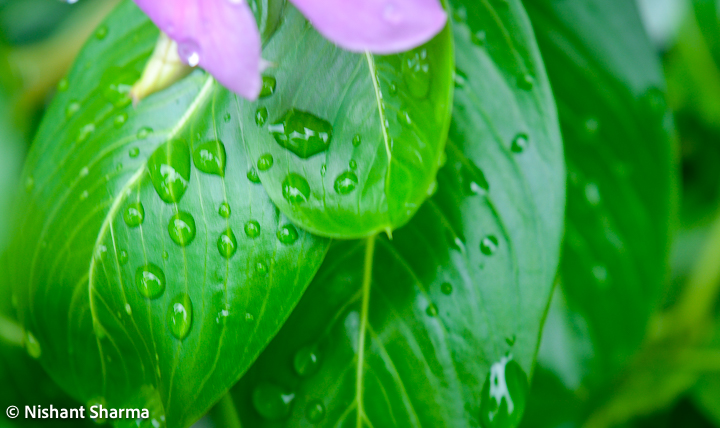
Apart from wildlife, Kanha National Park is also known for its rich cultural heritage. The park is home to several tribal communities who have been living in the region for generations. Visitors can learn about their traditions, customs, and way of life by visiting the nearby villages.

Apart from exploring the Kanha National Park, there are several other activities and places to visit around the park. Here are some of the things you can do:
Visit the Bamni Dadar: Bamni Dadar, also known as the Sunset Point, is one of the highest points in Kanha National Park. The spot offers stunning panoramic views of the park, and visitors can witness a beautiful sunset from here.
Visit the tribal villages: The surrounding areas of Kanha National Park are home to several tribal communities, such as the Baiga, Gond, and Bisonhorn Maria. Visitors can visit these villages to learn about their culture, customs, and way of life.
Visit the Kanha Museum: The Kanha Museum is located near the park entrance and showcases the park's history, wildlife, and conservation efforts.
Trekking: There are several trekking trails around Kanha National Park, which offer beautiful views of the surrounding hills and forests.
Visit Mandla: Mandla is a small town located around 70 km from Kanha National Park. It is famous for its historical monuments and temples, including the Ramnagar Fort, Jageshwarnath Temple, and Chausath Yogini Temple.
Visit the Pench National Park: Pench National Park is located around 200 km from Kanha National Park and is known for its tiger population, scenic beauty, and rich biodiversity. Visitors can go on a safari in the park to spot tigers, leopards, wild dogs, and other wildlife.
Visit Bandhavgarh National Park: Bandhavgarh National Park is located around 250 km from Kanha National Park and is known for its high density of tigers. Visitors can go on a safari in the park to spot these majestic big cats.

Related Blogposts :














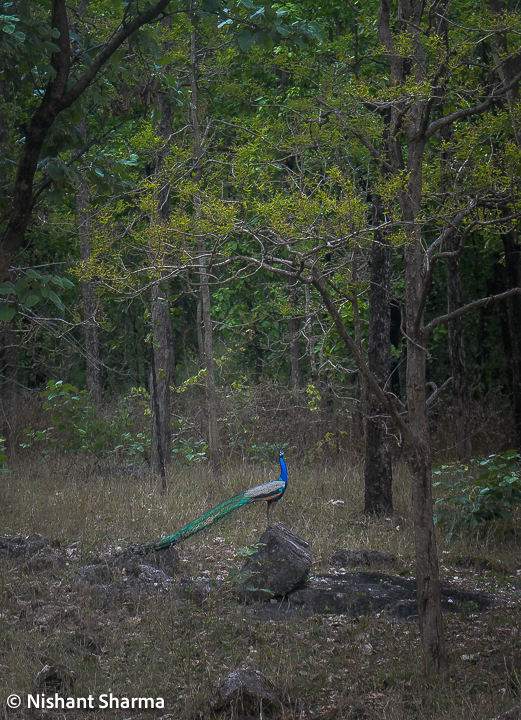









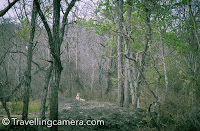



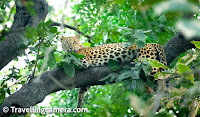

.jpg)
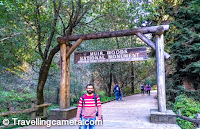





.jpg)
Comments